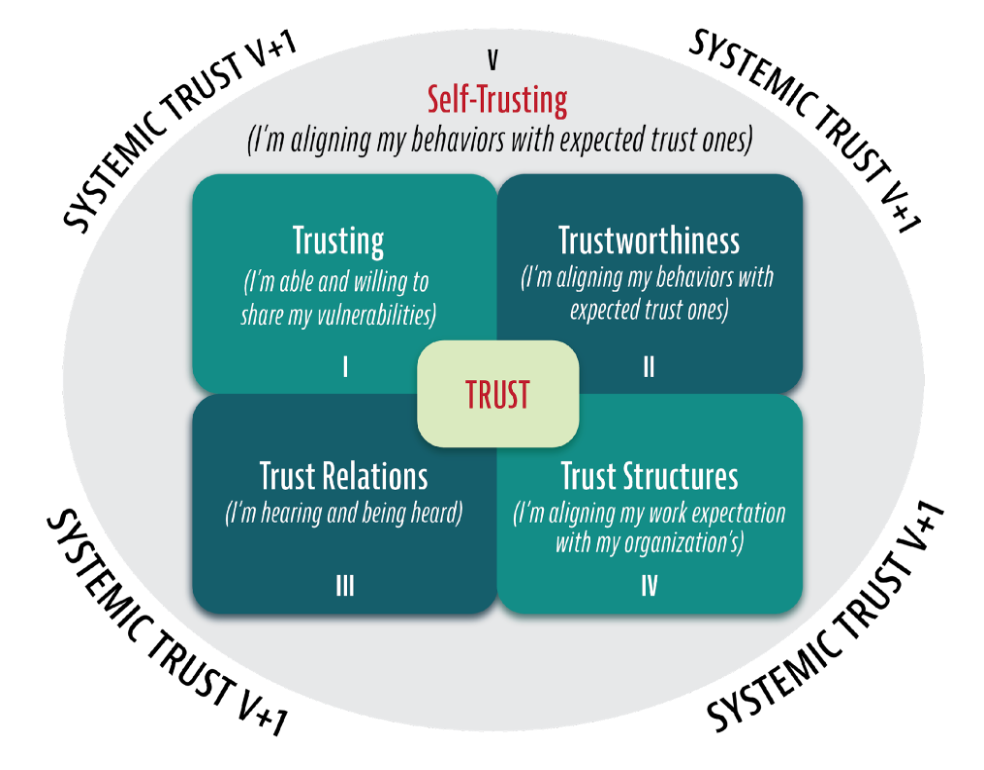What’s this?
No matter what you say to someone — positive, negative, or neutral — they always reframe or rephrase it so that it reflects their ownership of the concept, idea, or thought.
Why?
My theory. Most folks don’t know how to listen or hear someone else. They can only listen to and hear themselves. Some say we’re “cognitively challenged.”
What’s that?
One way to measure “cognitive capacity” is by the number of competing views we can simultaneously hold in our heads and reconcile them; some writers argue, and I agree.
In my experience, the dissonance from simultaneously holding two or more competing views is too much for most of us to handle. We crave “certainty,” not “contingency” or “possibilities.”Thus, we “talk things right.”
One of President Barack Obama’s positive traits is that he can handle competing views and make someone feel like he is hearing them, even if he ultimately holds a different position from theirs. But, unfortunately, it’s also one of the reasons why, on any given issue, he has so many “haters.”
What does “talking things” right do?
It eliminates “cognitive dissonance.” Our “fundamentalism” becomes our “haven.” We create a “comfort zone.”
What are variations of “talking things right?”
-
- Always Right: Any idea is already theirs.
- Nothing New: Anything we share with them they already know.
- Deflection: Any issue is about you, not them.
- Dismissive: Gestures will speak louder than words. They will try to shut things down or walk away. Dismissiveness often takes the form of “body language” and “tone.”
- After-the-Fact: Looking back, they always knew how things would turn out.
“Talking Things Right” & “Trust”?
In our Making Trust Happen! Model, the third of six dimensions of “trust” is “relationship-based trust.” Here we focus on “communications.” In relationship-based trust, we are “giving and receiving feedback” and “speaking and listening.” To avoid “talking things right,” we need to learn how to speak and listen better and hold “productive conversations.”What’s a “productive conversation?”
At the end of it, we have:-
- Shared information
- Gained mutual understanding
- Implemented processes to bring closure, and
- Created new possibilities for action.
In a “productive conversation,” we no longer try “to talk things right.”
The other five dimensions of “trust” are trustworthiness, trust structures, self-trust, and systemic trust.

